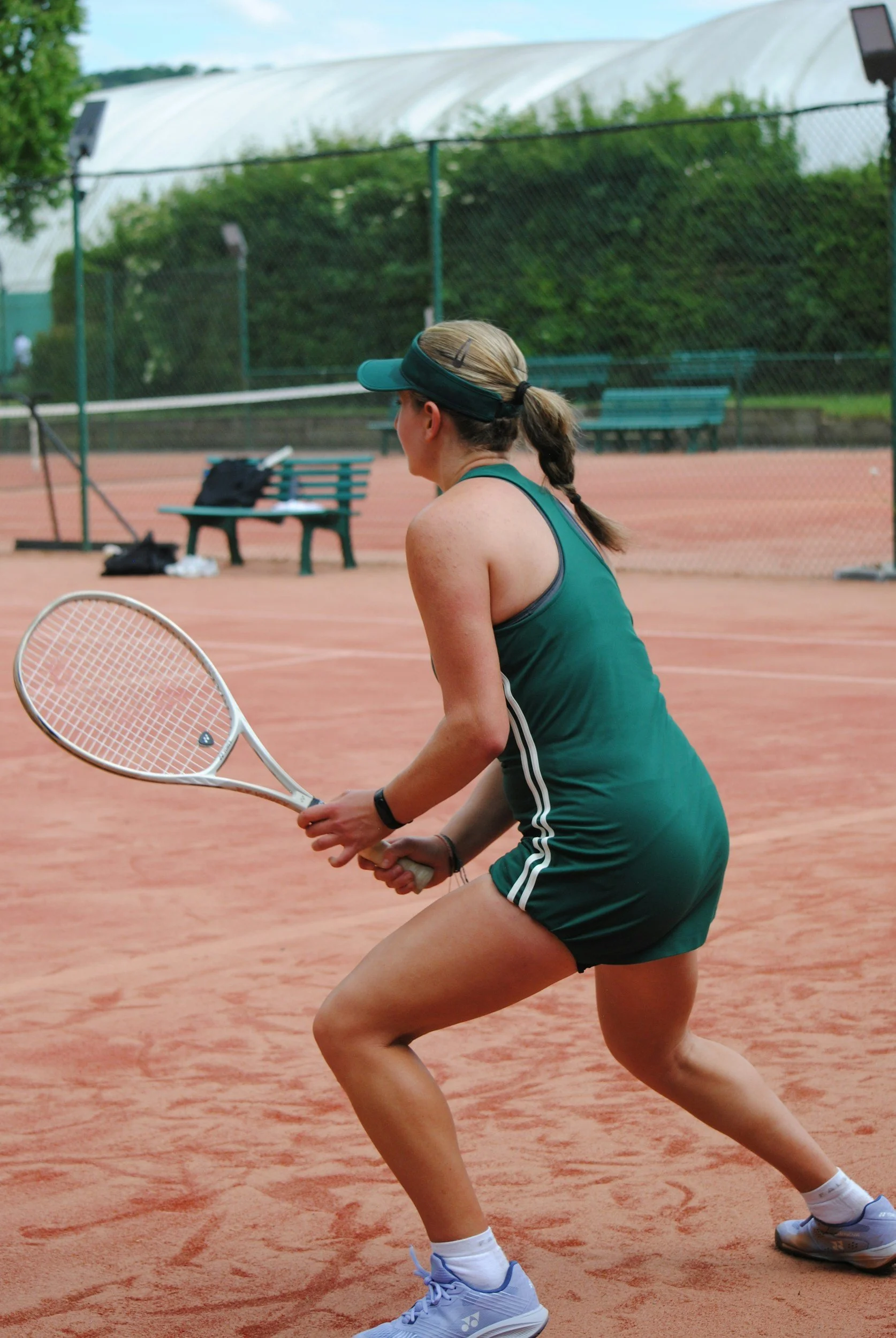ELBOW PAIN
Anatomy & Physiology
The elbow is a hinge joint formed by the humerus, radius, and ulna. It is stabilized by the ulnar and radial collateral ligaments and moved by the biceps, triceps, and forearm muscles. Its function is essential for lifting, carrying, and gripping.
Common Conditions & Injuries: Common Diagnoses:
• Lateral epicondylitis (Tennis Elbow)
• Medial epicondylitis (Golfer’s Elbow)
• Olecranon bursitis or elbow sprains
Common Causes of Injury :
• Repetitive gripping, lifting, or twisting motions
• Sports overuse (tennis, golf, weightlifting)
• Direct trauma or falls on an outstretched arm
-
• Pain on the inside or outside of the elbow
• Weak grip or difficulty lifting objects
• Swelling or tenderness around the joint
-
Persistent elbow pain can result from unresolved tendon inflammation, repetitive strain, muscle imbalances, or scar tissue buildup. Improper ergonomics and lack of rest or rehab can worsen the issue.
-
At NorCal Spine & Sport, we utilize the most comprehensive care in the area to provide an optimal approach to treatment. Our goals of relief, freedom, and balance allows us to deliver a functional treatment that focuses on stability and mobility. By combining soft tissue therapy, electro-shockwave therapy, Class IV laser therapy, rehabilitation therapy, chiropractic care, and much more, NorCal Spine & Sport continues to deliver cutting edge treatment that provides effective relief for all types of injuries
-
Synovial joints, such as the shoulder, hip, knee, and spine, exist throughout the body and are highly mobile joints characterized by a fluid-filled joint capsule, articular cartilage, and synovial fluid that reduces friction and nourishes the joint. Their structural components include ligaments, tendons, and muscles that support joint function.
Joint stability is critical to preventing injury and maintaining alignment, while mobility allows for proper movement through functional ranges. An imbalance—such as hypermobility without adequate stability, or restricted mobility from tight or inflamed tissues—can lead to pain, compensatory patterns, and chronic dysfunction. Addressing biomechanical integrity by improving movement quality (mobility), neuromuscular control, and joint alignment supports long-term recovery and resilience in musculoskeletal health as well as overall function.
-
Chiropractic therapy
Electro-shockwave therapy (ESWT)
Class IV laser therapy
Soft tissue or myofascial therapy (Active Release Therapy (ART), Graston Therapy, Cupping Therapy)
Corrective and strengthening exercises
Postural and ergonomic education
Orthotic support or gait training
Stress management and lifestyle modification
By utilizing these treatment techniques, our goal is to provide movement (mobility) to previously restricted regions that have led to compensatory patterns and dysfunction. These non-invasive techniques also stimulate blood flow, promote cellular regeneration, breakdown scar tissue and reduce inflammation. The goal of our approach is to restore healthy movement patterns that will allow the body to continue to heal and ultimately prevent further injury.
Shockwave therapy delivers targeted acoustic waves deep into tissues. This non-invasive technique stimulates blood flow, promotes cellular regeneration, breaks down scar tissue, and reduces inflammation. It is especially effective in treating chronic soft tissue injuries and stubborn pain conditions where healing has stalled.




